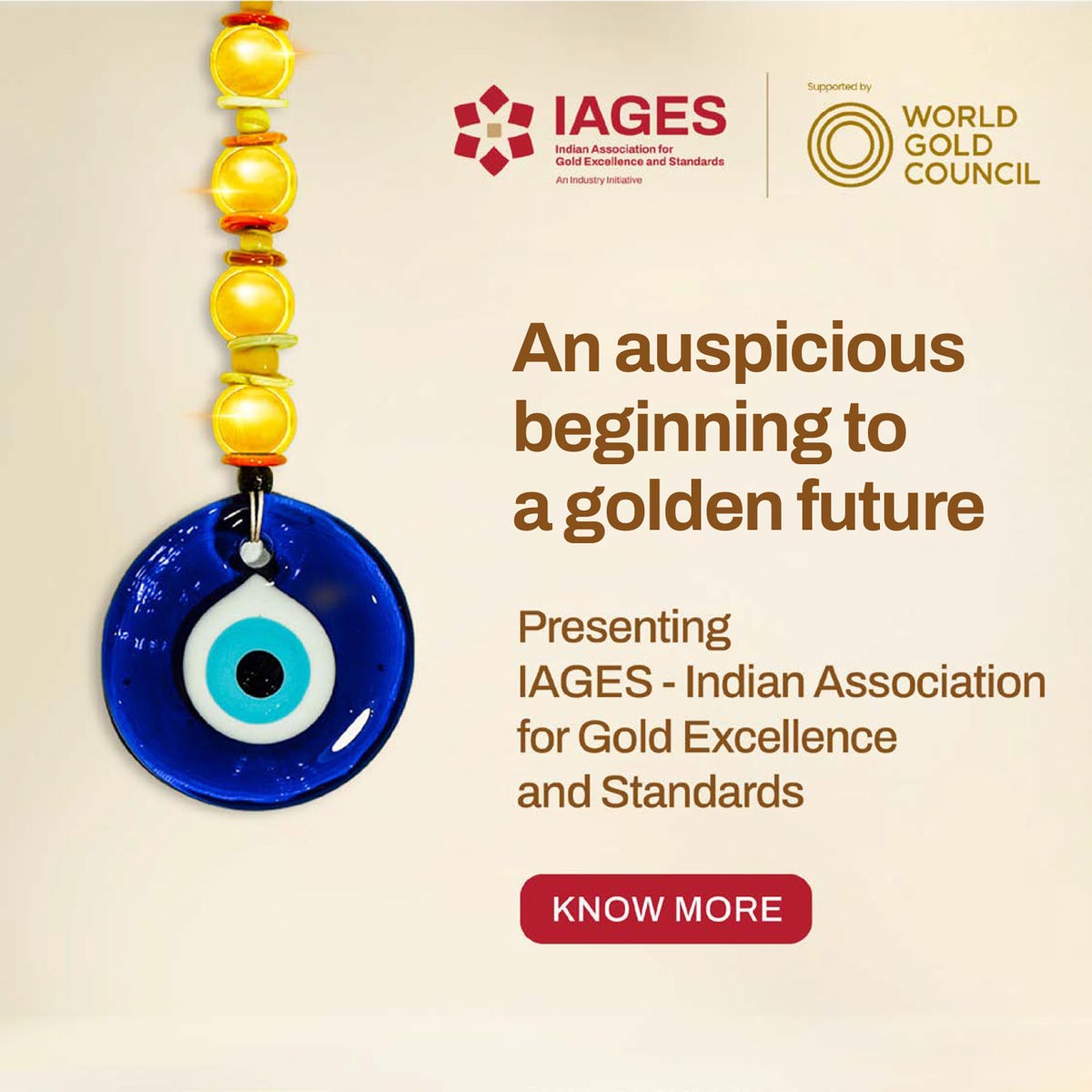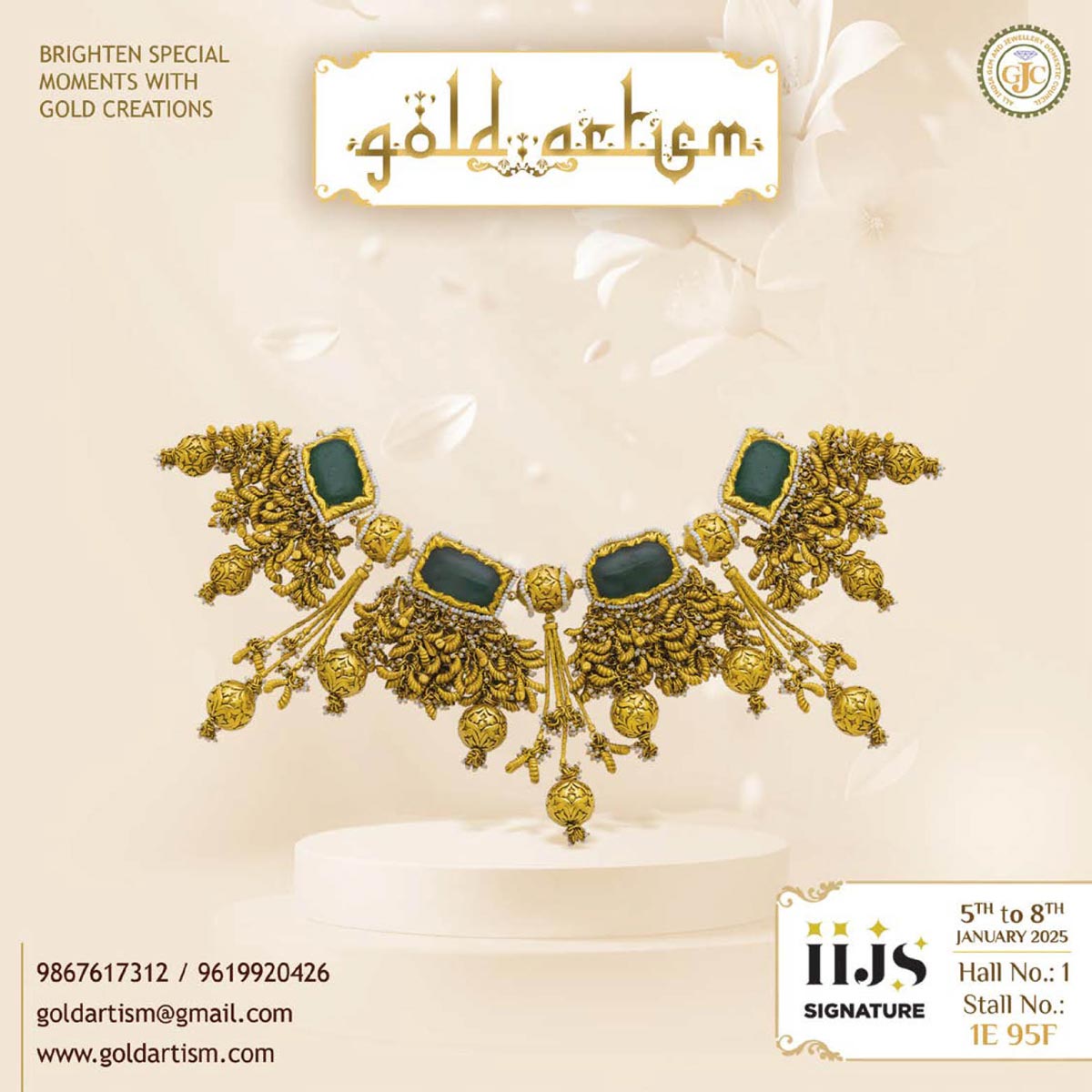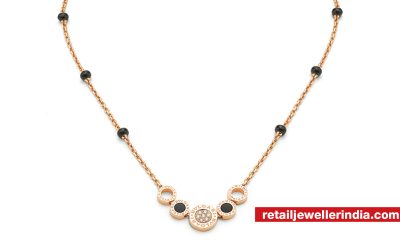Personal Opinion
Time to De-clutter The Store

If you can’t sell it in Dubai, you won’t be able to sell it anywhere. This popular axiom that everybody in trade circles comes across captures the scale of opportunities that the city offers. Dubai has consumers of almost every nationality in the world.
But does the axiom apply to Dubai’s jewellers? Are they doing what it takes to encourage consumers to buy jewellery? I believe there is scope for improvement.
In Dubai’s premier shopping venues, the stores of various international jewellery brands feature grand window displays. In the Dubai Mall Gold Souk, every display is ablaze with great volumes of jewellery. One would be forgiven for thinking that the jewellers wanted to showcase their entire inventory at once.
These retailers clearly don’t know that too much is not enough. Over-showing does more harm than good. It is human nature, after all: faced with a cornucopia of precious items in every display, a consumer is likely to become confused and jaded. Overabundance is a big turn-off.
Let me draw a parallel. Would you expect to see rack after rack after rack stuffed with clothes — at a high-end apparel showroom? That wouldn’t be a luxury product experience, would it? But that is the scenario in many jewellery stores in Dubai.
| The reality is that anywhere in the world and in most product categories, there is more manufacturing capacity than there is actual demand. That is why we face issues like dwindling margins. Despite over-supply, however, certain brands do very well, because they maintain their strategic focus on selling. |
Diamond jewellery retailing, to take one example in Dubai, is becoming dull. From the consumer point of view, most outlets miss out the luxury buying experience. Nine out of 10 jewellery stores are staid in look and design. Many fail to provide space even for shoppers to sit down and converse. Many neglect to use candles or flowers to bring in a dash of the fresh, elegant and natural.
This yawning gap in the customer experience is being filled by international jewellery brands. It is no surprise that Cartier and Piaget are able to sell more jewellery — they are careful to curate a luxury experience for their customers that helps them sell more. So, the jewellers in Dubai need to categorise themselves, strategise their marketing initiatives and build ranges for their consumer segments.
If we turn to the gold jewellery category, we see that the need for a change in the standard retail narrative has become even more pressing with the introduction of the 5 per cent VAT in the United Arab Emirates. In gold jewellery retail, pricing is very important. If these jewellers are unable to create a great buying experience, their price-sensitive customers will go online to buy gold. And the established online retailers will seize the momentum by launching more off-line “experience” stores. Gold jewellers must spare no effort to attract people to their stores.
Having said that, I believe that manufacturers share the responsibility of uncluttering retail stores. A manufacturer makes thousands of designs, and asks the retailer to display all the designs to maximise the opportunity to sell. Functioning in this ad hoc way, the two stakeholders do each other no favours at all. Manufacturing should be specific to demand.
The reality is that anywhere in the world and in most product categories, there is more manufacturing capacity than there is actual demand. That is why we face issues like dwindling margins. Despite over-supply, however, certain brands do very well, because they maintain their strategic focus on selling.
This is not the case in jewellery. Manufacturers try to push a huge number of products to jewellers, and jewellers become confused. Their confusion inevitably rubs off on the consumer. It is time, therefore, to organise the supply chain and take a stand — for the sake of our business.
(As told to Niladri S Nath, The Retail Jeweller India)




 Daily News2 months ago
Daily News2 months agoBvlgari adds designs to its pathbreaking mangalsutra collection ahead of wedding season

 Daily News1 month ago
Daily News1 month agoTrent, a TATA subsidiary, launches lab-grown diamond brand ‘Pome,’ shares surge 7.67%

 Daily News1 week ago
Daily News1 week agoMalabar Gold & Diamonds launches ‘Heritage Show’ in Mangalore, featuring jewellery inspired by Maharanis

 Daily News3 weeks ago
Daily News3 weeks agoSavji Dholakia’s visionary water conservation project ‘Bharatmata Sarovar’ reinforces commitment to sustainability

















